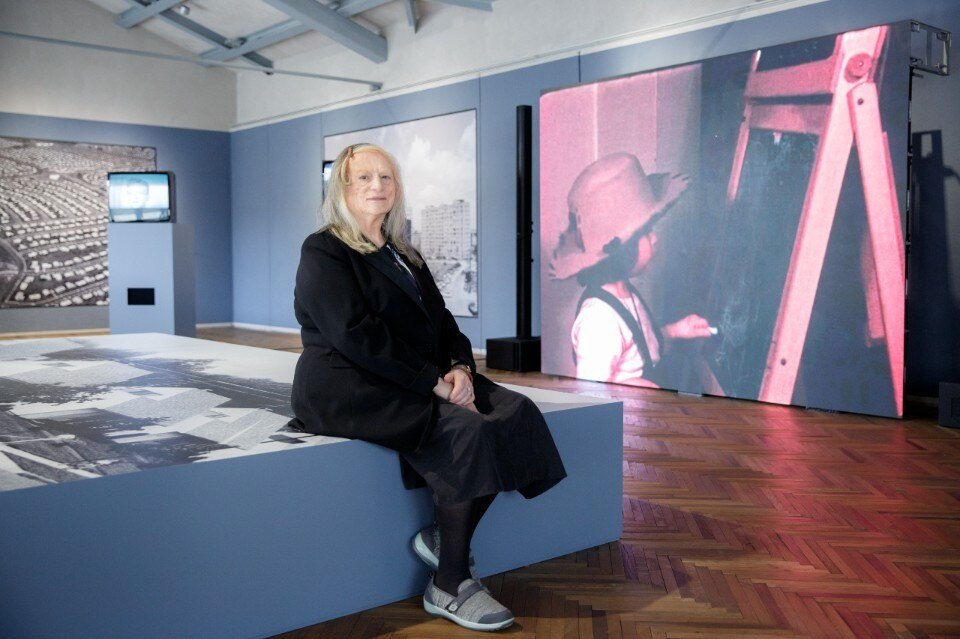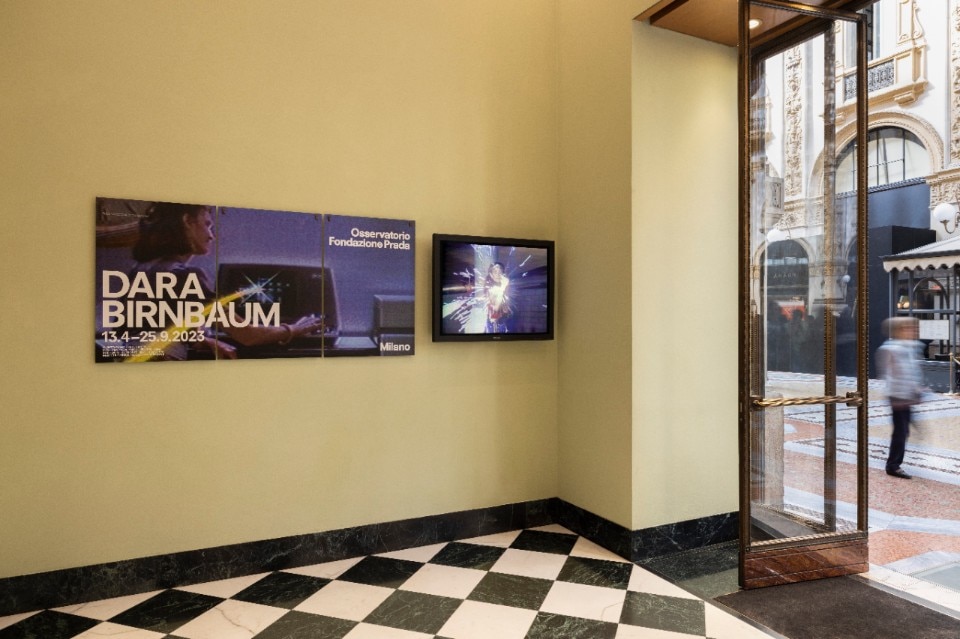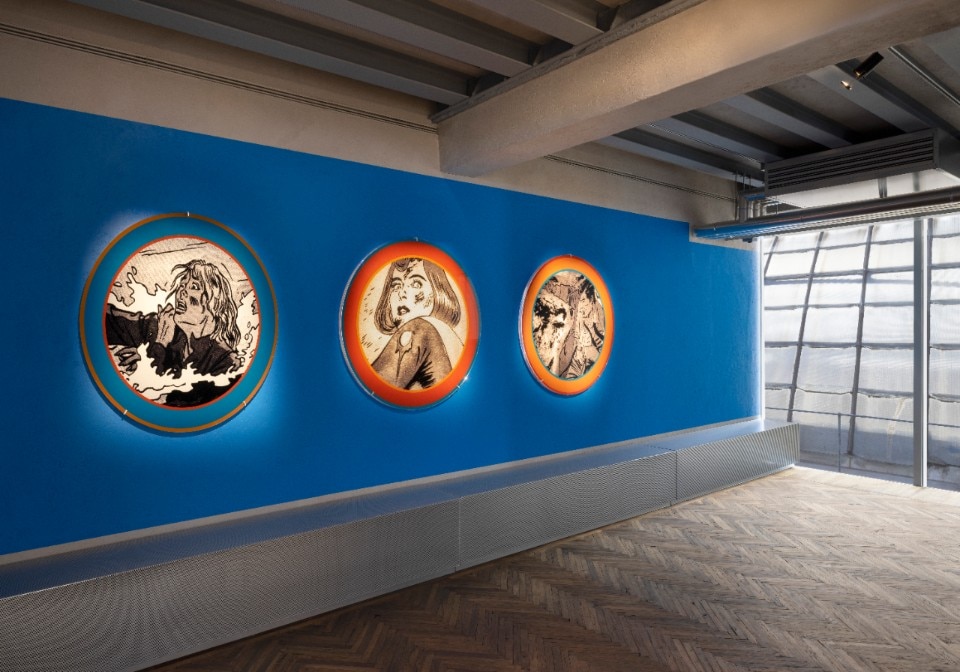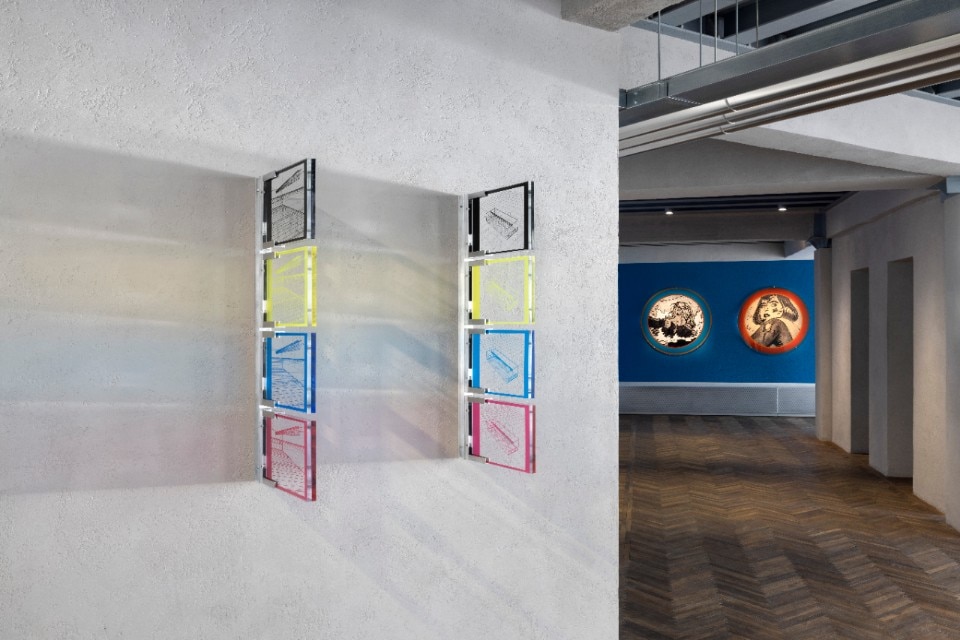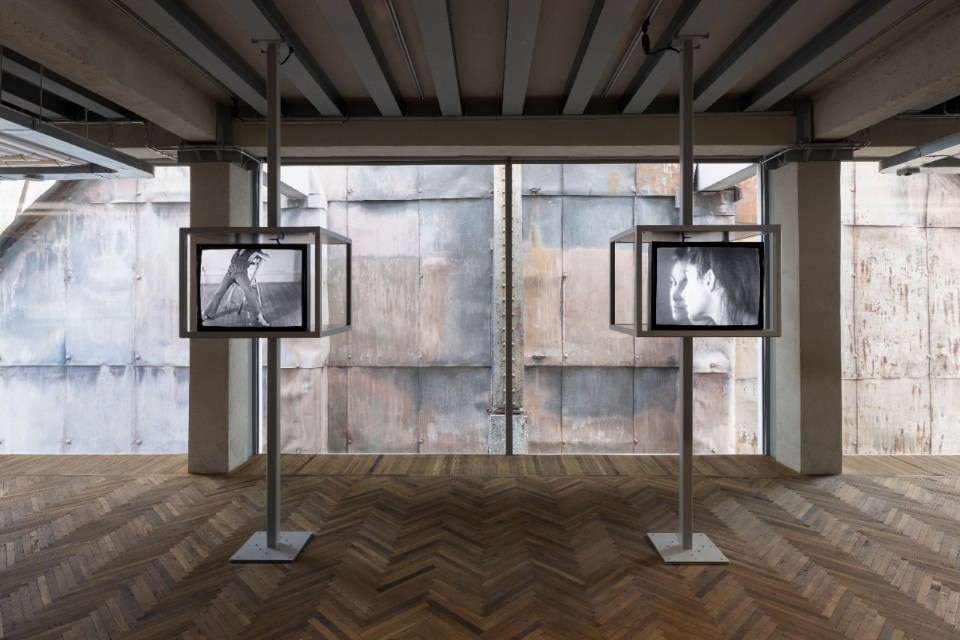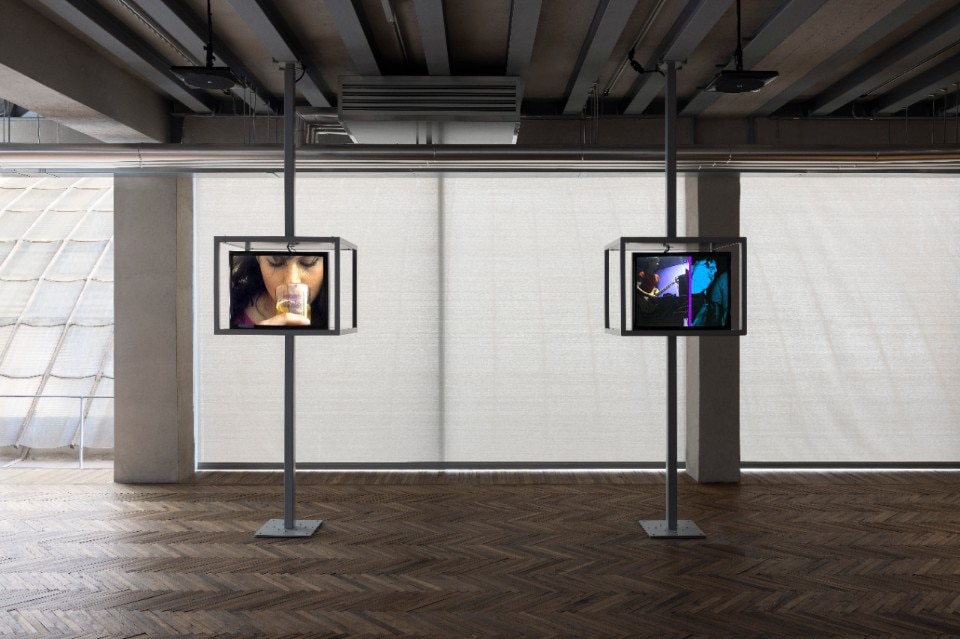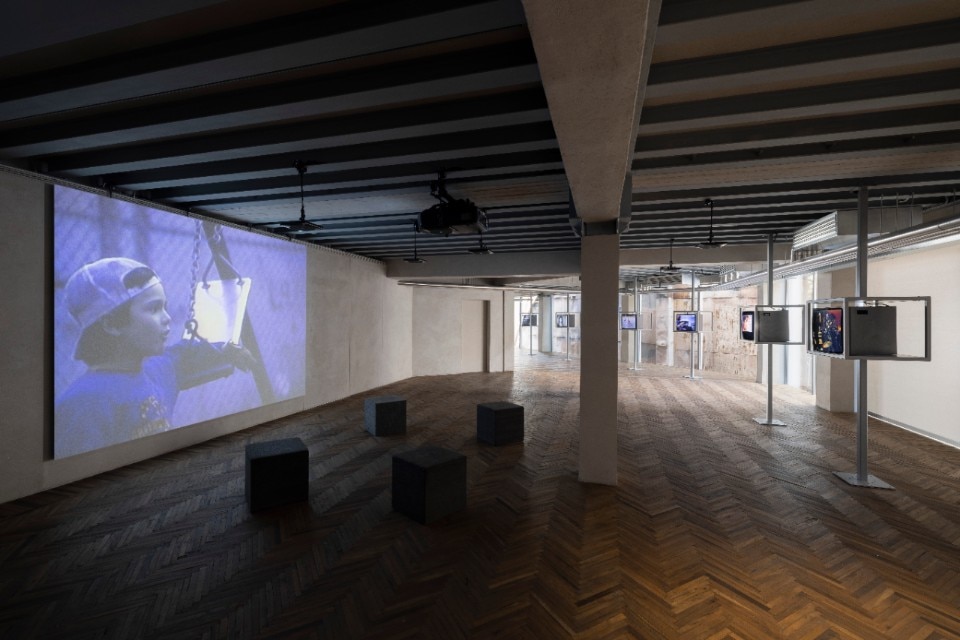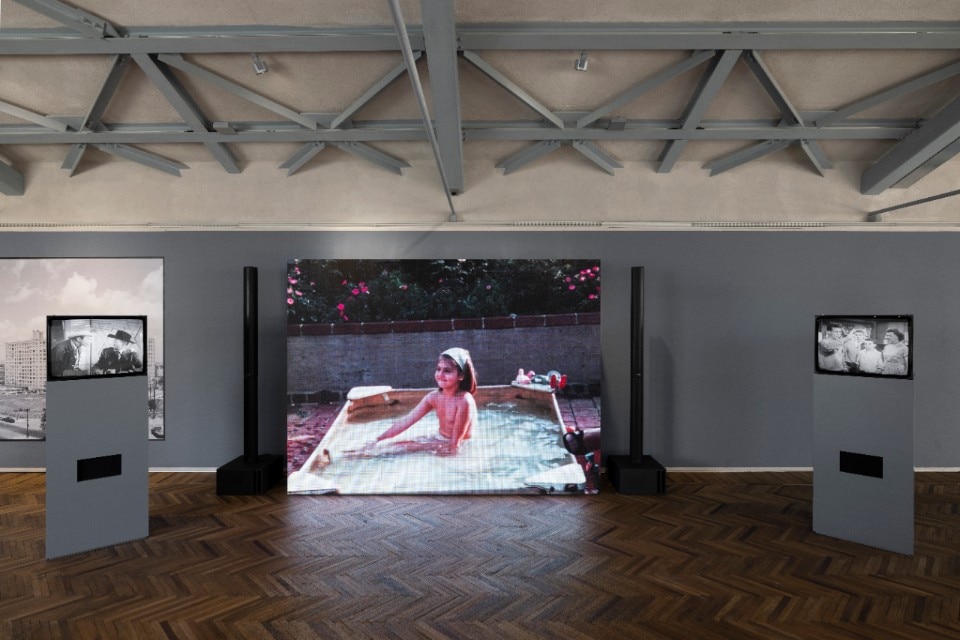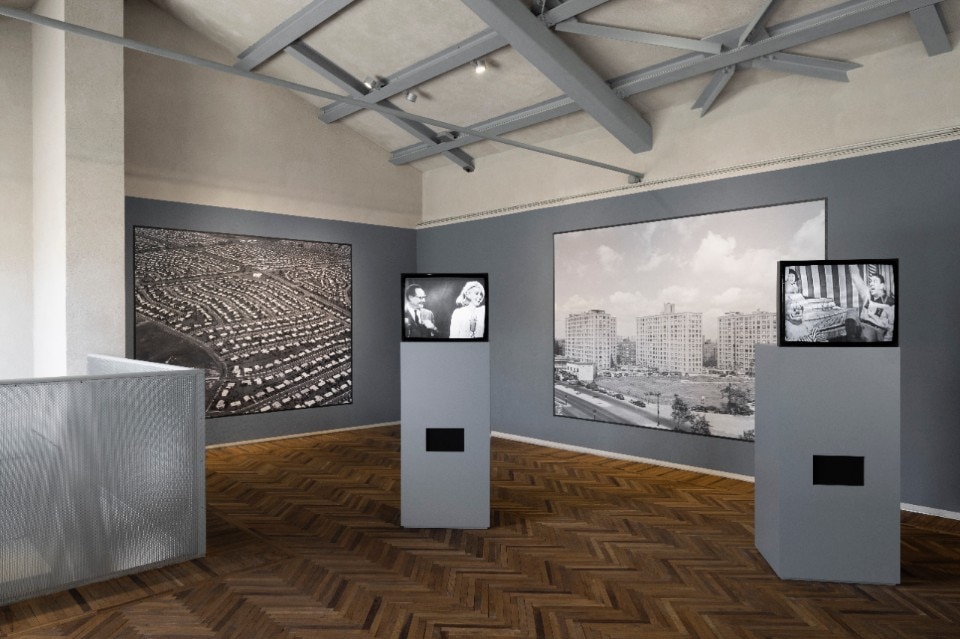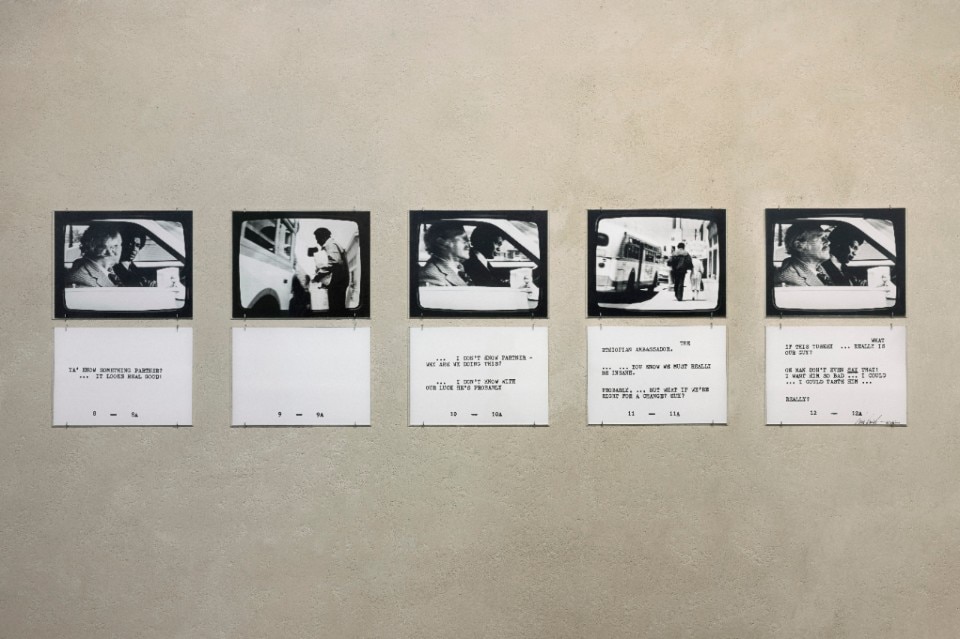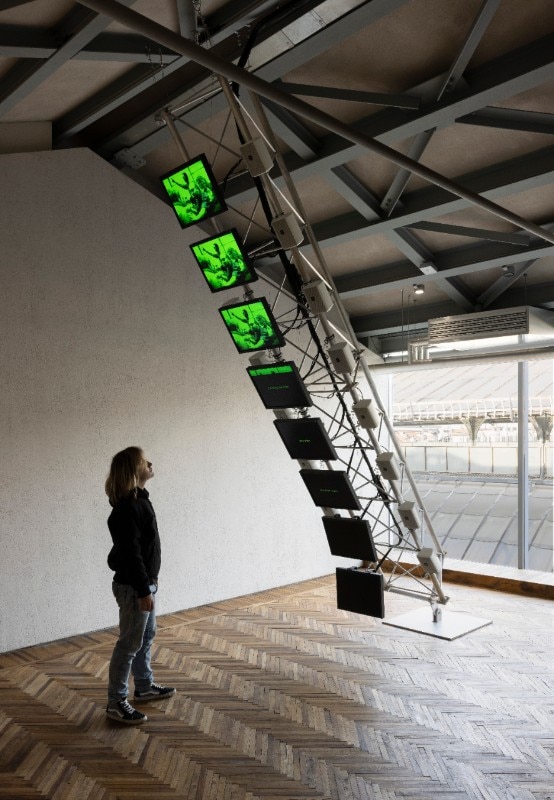Born in New York in 1946, Dara Birnbaum is considered a pioneer of American video art. Her earliest work dates to the early 1970s: the focus of her research is gender stereotypes, ideologies and mass media aesthetics. Her approach is the result of a hybrid path that led her first to study architecture at Carnegie Mellon University in Pittsburgh, painting at the San Francisco Art Institute, and finally video and electronic editing at the Video Study Center in New York.
Among her first works is Mirroring, made in 1975. Birnbaum’s generation was attracted by the image and language of Hollywood; images that in most cases shift from one medium to another. However, Dara Birnbaum is fascinated by the media themselves and their potential manipulation. Reason why right from the start she faced strict U.S. regulations on broadcasting rights. “I didn’t want to translate popular imagery from television and film into painting and photography. I wanted to use ‘video on video’”, the artist often repeats in interviews.
Her video works, beginning with Technology/Transformation: Wonder Woman (1978/1979), through Transmission Tower: Sentinel (1992) to the more recent Arabesque (2011) and Psalm 29(30) (2016) use the archetypal television format by challenging the audience’s imagination with looped images, messages, and soundtracks. From the 1980s onward they follow a formal development, integrating with large-scale photographic, sculptural, or architectural elements.
I didn’t want to translate popular imagery from television and film into painting and photography. I wanted to use ‘video on video’
Dara Birnbaum
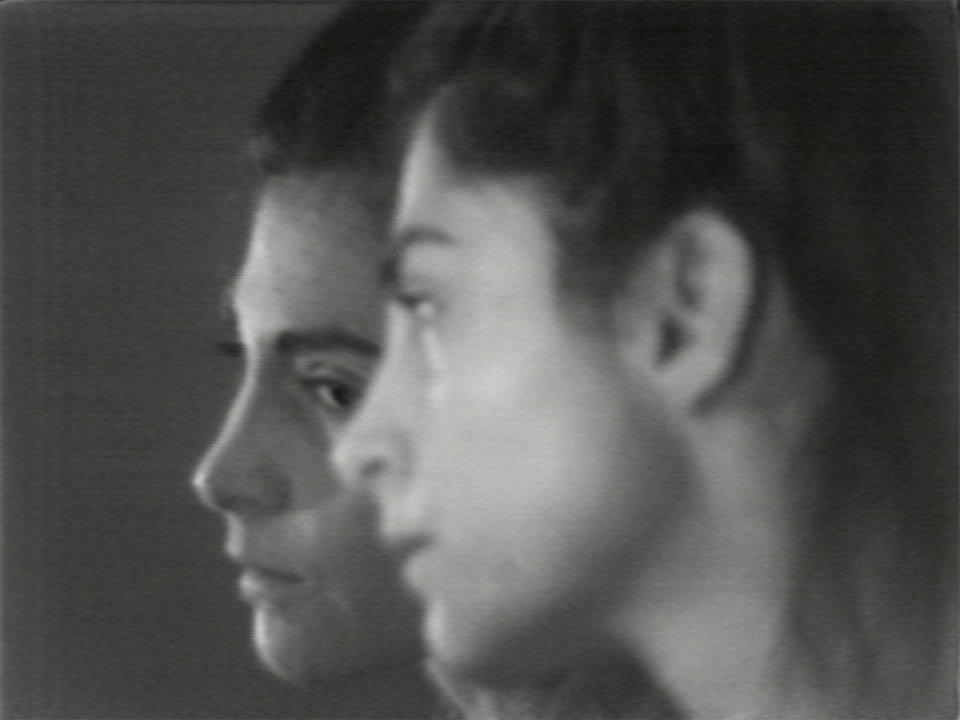
Her research has been following the huge transformations of technology and the way we use and experience it for nearly fifty years. In doing so, she inevitably confronts new generations of video artists. At the age of 77, the artist herself points out: “my interest continues to address processes, rather than products, and yet today everything is quantified in economic terms,” which also relates to the theme of appropriation: “everything comes from almost total accessibility, I, on the other hand, used to do what I did precisely to feel like a kind of ‘pirate’”.
Dara Birnbaum’s research is based on two main and often connected strands: media critique and manipulation and feminist activism. Two works that best embody them are also among the most recent ones: Technology/Transformation: Wonder Woman from 1978 and Damnation of Faust: Will-O-The-Wisp (A Deceitful Goal), from 1985. The first work draws from the TV series Wonder Woman revolving around the adventures of the DC Comics character of the same name. Broadcast between 1977 and 1979, it has been a cult favorite over the years thanks in part to performer Lynda Carter – a 1970s beauty icon.
Dara Birnbaum focuses on the disturbing message that she passed on to her viewers each day through this show: that of a woman who only needed to make a pirouette to leave her humble secretary’s clothes and reappear in those of a superheroine: knee-high red boots, tight-fitting star shorts, a red corset decorated with an eagle. “According to the market-research firm Nielsen, the average American household watches nearly seven and a half hours of television a day”, the artist says in an interview. “If I were painting a landscape familiar to me, this would consist of television programs like Wonder Woman”.
Thanks to some acquaintances in television studios, the artist acquires the material from the TV series. She chooses its most symbolic scenes – in which Carter transforms or rushes to action – fragmenting them and bringing them together in a video. The frames twist on themselves going to change the syntax of the dialogues, imprisoning the protagonist to perform the same gestures, on a loop. “At the time, I didn’t care about the legal implications. I felt it was my right to reply.” Understanding the persuasive power of the media over popular culture, for Birnbaum, was not enough: she had to reply.
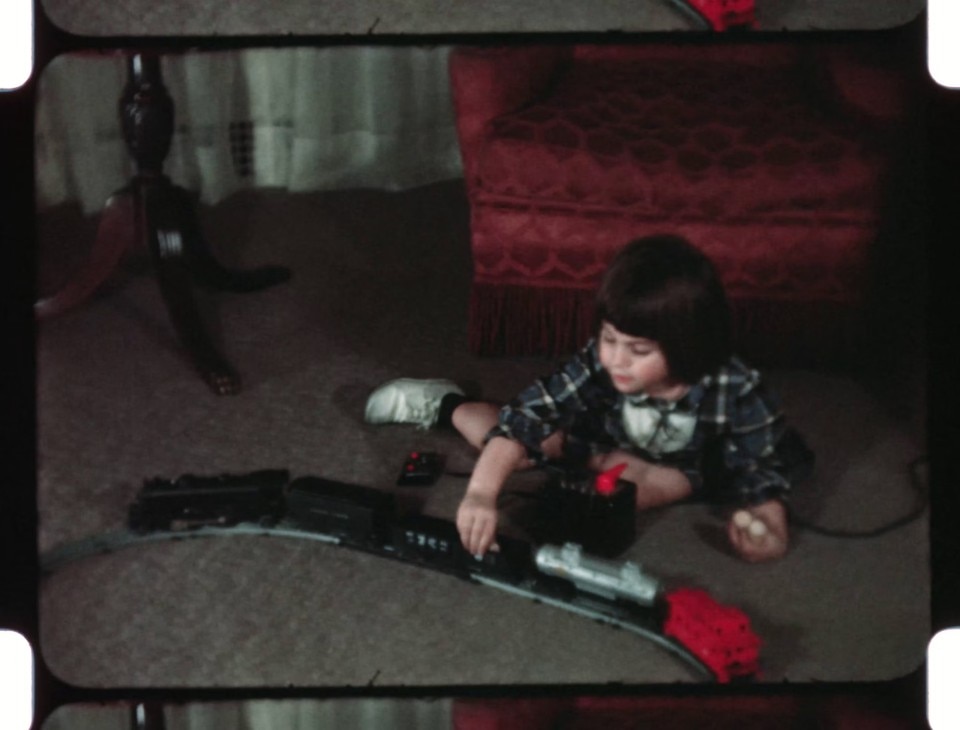
Between 1983 and 1987 Dara Birnbaum dealt with La damnation de Faust – Hector Berlioz’s composition inspired by Goethe’s Faust legend. She produced a trilogy of video works entitled Damnation of Faust: Will-O-The-Wisp (A Deceitful Goal), adapting the story in contemporary New York. For the artist, it is an opportunity to reflect on the figure of women and the narratives that have humiliated them. “I really felt dissatisfaction with the character of Marguerite. She was described as a superficial woman, easily seduced by material goods and therefore totally unable to understand her lover Faust, who instead followed higher values and feelings”.
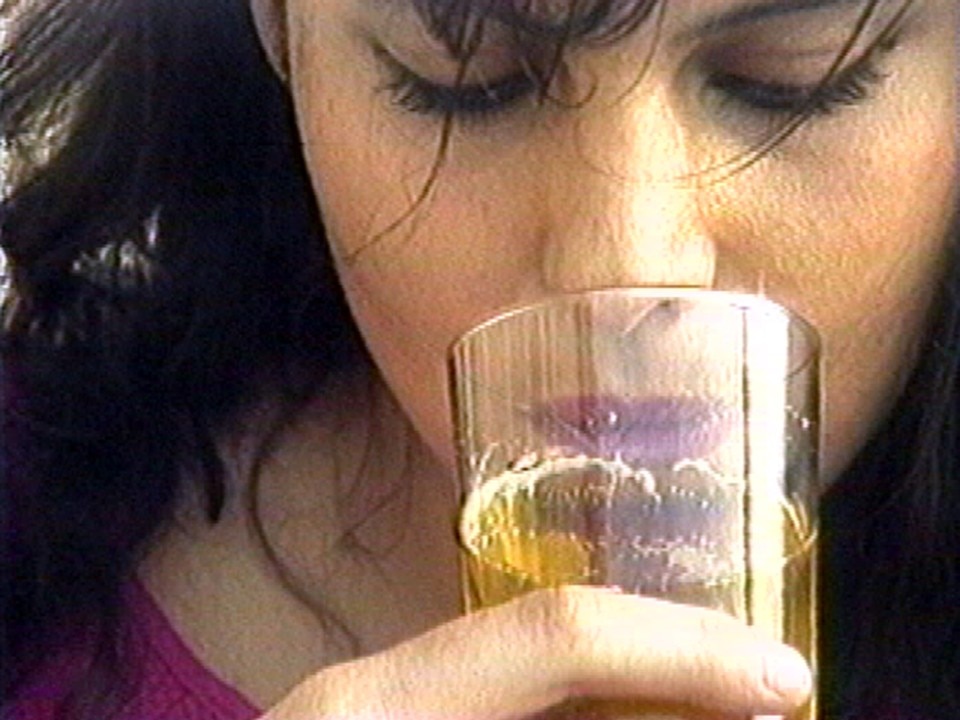
She transforms the Faustian myth into a dreamlike introspection on the duality between the internalized self and the external world. The everyday scenes of young girls filmed in a playground in ‘poor’ Manhattan evoke a desire to transcend the everyday, a longing for innocence and renewal. Despite contrasting forms of social restriction, women are constantly searching for their identity. According to the artist, Marguerite is an archetypal figure of the male-female relationship. That is why in her work the woman loses the hysteria of the original character and goes on to embody Faust himself, the predominant male character, the one who gains power even with the coming of death.
Dara Birnbaum’s use of popular television tools has been revolutionary: the appropriation, remixing, and editing that have marked her production have influenced not only new generations, but the visual language itself.
Opening image: Dara Birnbaum, Photo Francesca D'Amico


